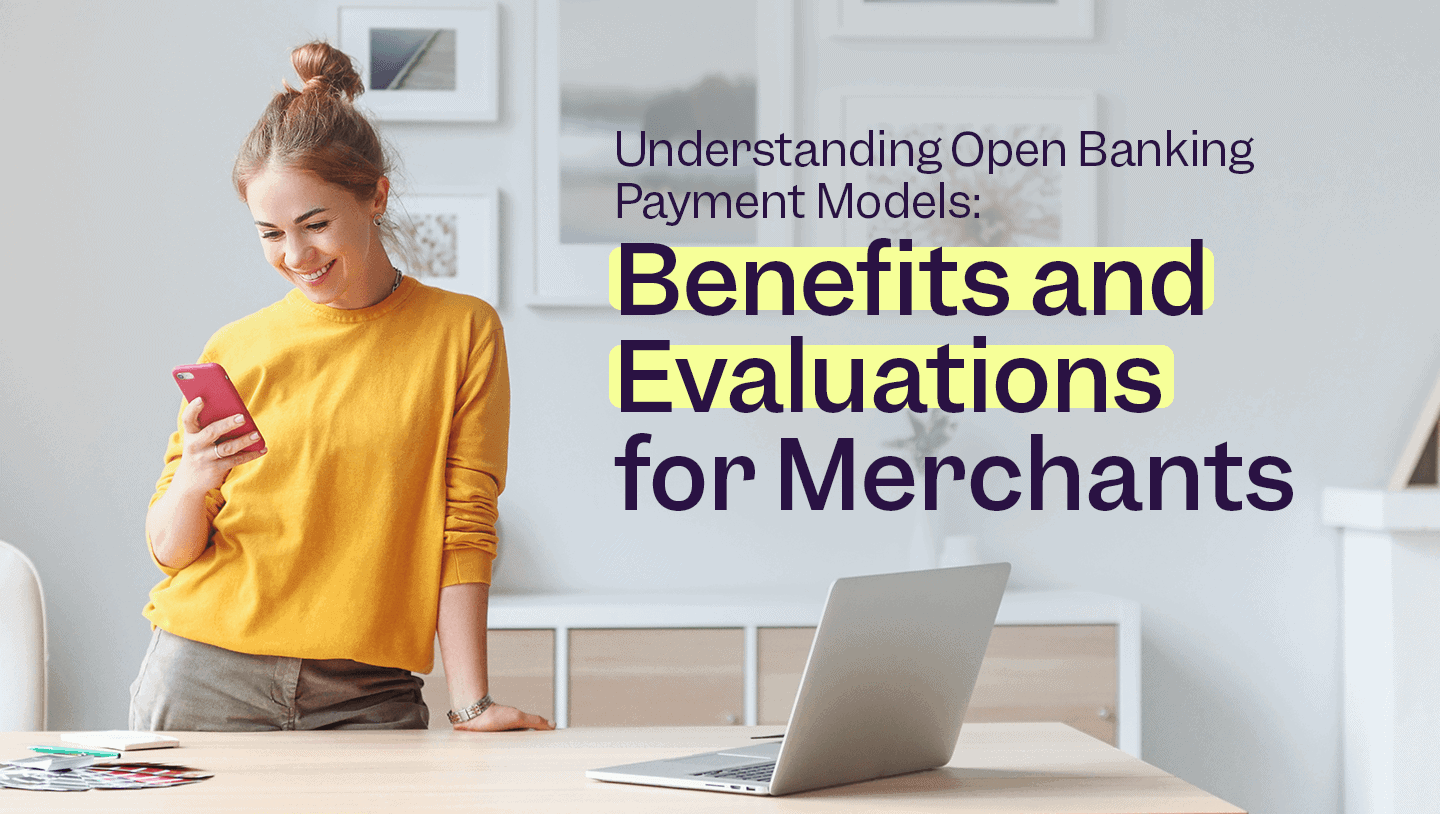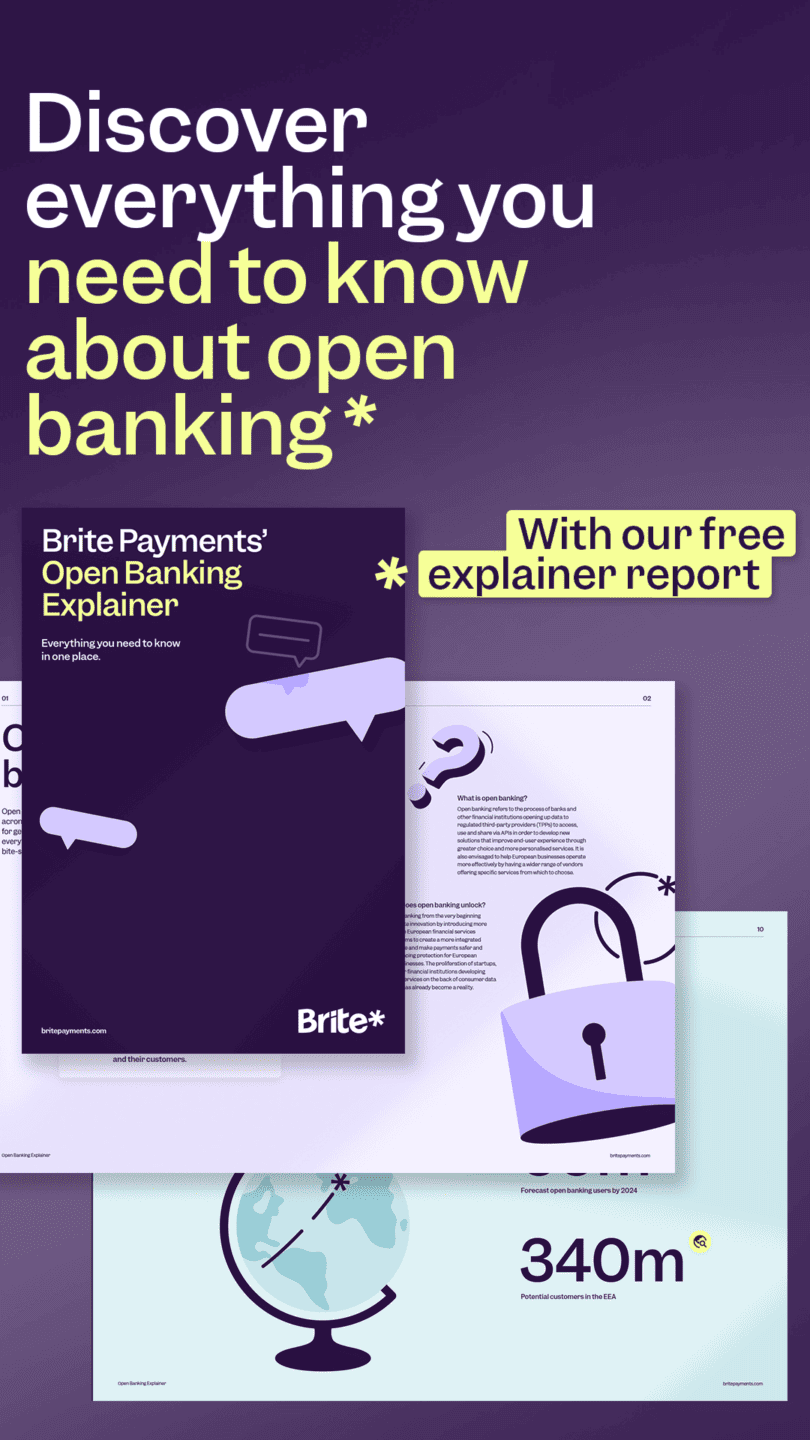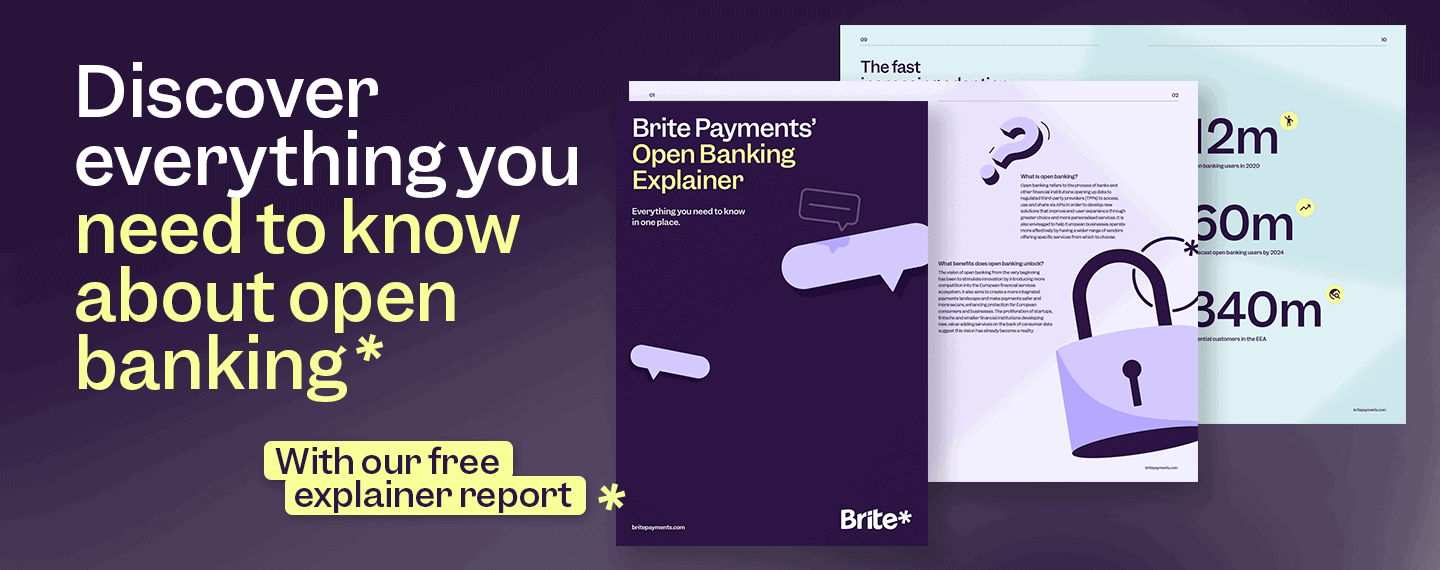
The remarkable growth of open banking has ushered in a new era of possibilities for companies in various industries. The number of open banking users around the world is rapidly growing, at a rate of around 50% a year. With the global number of users expected to reach as high as 132 million in 2024.
With its promises of transparency, convenience, and security, open banking has transformed the way consumers and businesses across the European Union engage and exchange goods and services.
But not all open banking payment models are created equal. The different ways in which open banking payments can be offered to merchants come with different setups from third-party providers to initiate payments under PSD2. In this article, we delve into the two primary models of open banking payments. Shedding light on their potential and benefits.
Pure PIS providers: Offering certain benefits
Pure PIS (Payment Initiation Services) providers can initiate payments on behalf of consumers but aren’t part of the flow of funds. This means that the collection of funds is left to the merchant with consequences in terms of payment speed and visibility.
The transfer speed of funds depends on several factors beyond the merchant’s control. Such as the time the payment is initiated, the banks involved, and the underlying infrastructure of the location. As a result, merchants may experience delays in receiving payments.
Additionally, a lack of visibility and control over payments can lead to challenges with reporting and reconciliation. This requires additional time and effort from the merchant.
Despite these challenges, Pure PIS providers still offer some of the benefits of open banking payments, such as more cash flow-friendly solutions with more predictable fees and increased security for end-customers.
Proprietary Networks: The path less travelled
A proprietary network is developed to handle open banking payments independently. This means that the financial institution owns the network of banks and can collect funds locally while also having direct access to different payment schemes.
While this solution requires the most resources and time for open banking payment providers to develop, it offers a plethora of benefits for merchants. These include instant access to funds as collection happens locally or through instant payment schemes, access to instant payouts and refunds through consumer bank account information collected directly, and the inclusion of the entire reconciliation process.
Why Brite built a proprietary network
We made a strategic decision to develop a proprietary payment network in open banking: the Brite Instant Payments Network.
The thinking behind this choice lies in the desire to address specific pain points of existing models and to capture all benefits of open banking payments and give merchants and businesses a complete, out-of-the-box instant payments and payouts solution.
Brite IPN powers instant payments and payouts products that offer merchants significant advantages by taking full receipt of incoming funds and settling them rapidly on behalf of merchants across Europe. Supported by Brite IPN’s merchant FX capabilities, merchants can also fund or request settlement in a currency of their choice.
Key benefits:
- 24/7/365 processing – reduces reliance on traditional bank clearing cycles and cut-off times while reducing risk and mitigating fraud
- Automated reconciliation and reporting – reduces operational costs
- Smart routing – payments are optimised for speed
- Merchant FX – Brite IPN can exchange FX upon request, helping bridge the gap between Europe’s instant payment schemes
- End-to-end payment visibility – Brite provides insights into the payment status of every transaction initiated through its network
If you want to know more, we have more information on our Brite IPN here.
Evaluating open banking collecting models
Understanding the differences between open banking models is crucial for businesses seeking to leverage the benefits of open banking payments.
When looking at different open banking payment models, it’s crucial to consider the unique benefits that each model offers and how they align with your specific business requirements.
Furthermore, it is crucial to thoroughly assess your cash flow requirements and consider the preferences of your customers. Both merchants and consumers seeking faster access to funds and more immediate payments. Therefore, it’s essential to evaluate whether the chosen payment model can support business growth and provide a competitive advantage.
Scalability is another important factor to consider when assessing different models. You’ll want to determine whether each model can efficiently handle increased transaction volumes for both pay-ins and payouts, while also supporting your business growth in different markets.
Lastly, it’s important to compare the cost implications of each model. This includes considering factors such as direct and indirect costs and ongoing maintenance and administrative expenses. With this information in hand, you can make an informed decision about the best option for your business.
Searching for a seamless way to send and receive payments across the EU? Look no further than the Brite Instant Payments Network. Get in touch today!

